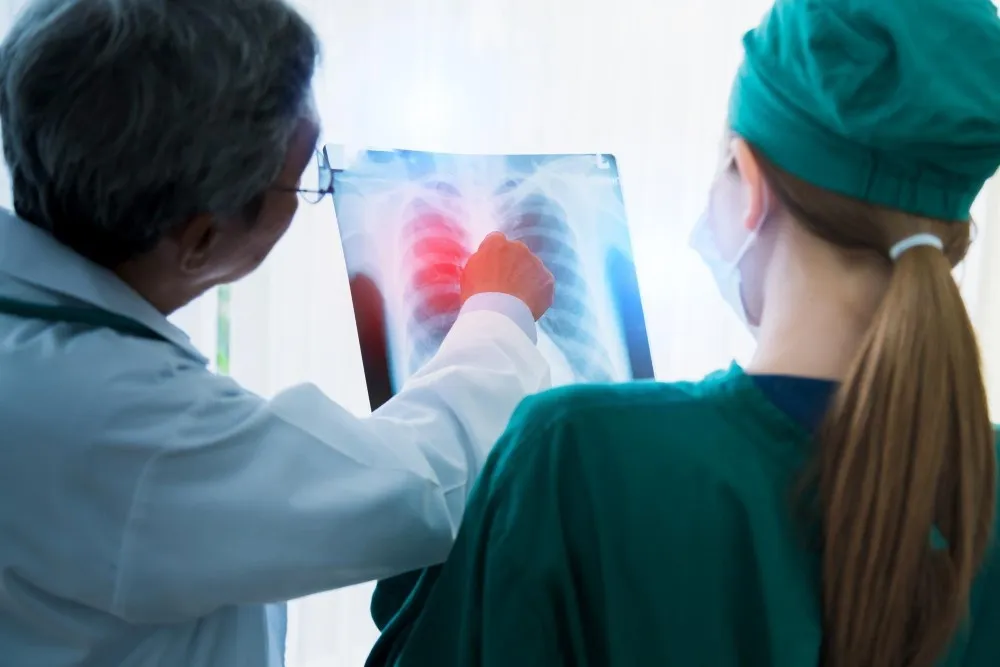Lung cancer is one of the most common cancers affecting both men and women and the numbers have risen in the recent times. Although smoking contributes significantly towards it, multiple other risk factors such as occupational hazards and exposure to air borne chemicals, air pollutants, certain dietary components that might lead to increased incidence of lung cancer. It is advised that any ailment that impedes proper breathing should be shown to a pulmonologist for follow-up diagnosis, treatment plan and other queries. Just anyone can get lung cancer While cigarette smoking seems to be the obvious cause, it happens as a combination of multiple factors. Non-smokers also bear high risk of contracting lung cancer which includes exposure to various air borne chemicals and air pollutants like asbestos, industrial chemicals, secondhand smoke, pollutants in the air. It is good to know about warning signs While not all symptoms might confirm lung cancer, it is good to seek an expert opinion if symptoms like:
- Persistent cough
- Regular shortness of breath
- Intense or mild back and shoulder pain
- Any minor traces of blood in the cough
- Deep breathing
- Drinking lots of water
- Divert your mind to avoid cravings
- Delay to reach out for a cigarette

Reviewed by







